
New discoveries are made about animals every year. We may learn more about their origins, one of their amazing abilities or something completely off the wall. Here are some of the latest and coolest facts we’ve picked up about our earthly companions.
10. Limb Regeneration
The ability to fly, super speed, super strength…these are just some of the superpowers every kid (and most adults) wishes they have. But how about the ability to regenerate limbs? This power has long been observed in amphibians like salamanders and newts, and scientists have been trying to find ways to pass this amazing ability to humans.
Researchers from London discovered that a chain of proteins called the ERK pathway plays a vital role in the regeneration of a salamander’s limb. Unfortunately, this chain of protein isn’t fully active in mice (and therefore humans), but it could be activated with force to increase the chance of acquiring a regenerative ability. Even though we’re still very far from human limb regeneration, this is great news for people who want to be Wolverine and even greater news for cannibals.
9. Baboon Hierarchy
In most cases, dominance hierarchy is commonly observed in males. But female baboons have been observed to be ranked in their society according to how highly ranked their mothers are. This means that a female baboon’s status is predetermined before she’s even born, and a higher-ranked mother means a better life.
This was determined by a team of researchers who studied nine social groups of yellow baboons over a period of 33 years. They found that higher ranked baboons tend to bully those of the lower class to show them who gets food first. Having more sisters could boost a female baboon’s ranking because they tend to team up against other baboons, and even against their sisters from another mother. Like most hierarchies, the older a sister is the higher her rank in the family, and she is in no way willing to give up this position to her younger siblings. Males, meanwhile, bear very little influence on the social ranking of a female baboon because they mate with multiple females.
8. Dolphin Origins
A new study suggests that dolphins might have existed six million years earlier than previously thought, and they might have originated from the Pacific Ocean. The family of Delphinidae is the most diverse among living marine mammals, and the lack of good fossil specimens has raised many questions about their evolution and fossil record. But a further study of the oldest dolphin fossil discovered in Japan back in 1977 has solved some of these questions.
The species, renamed Eodelphis kabatensis, was discovered from sediments in a river and is believed to have existed about 13 to 8.5 million years ago. The study of the skull provides an important link to the history of dolphins. Prior to the study, there was a huge discrepancy as to the age of the oldest dolphin found - fossil records suggest it to be less than six million years old, while molecular studies suggest they started to diversify about nine to 12 million years ago. The new study not only solved this discrepancy, but also provided implications as to the geographic history of dolphins.
7. Fish Aren’t So Dumb After All
We tend to think of fish, particularly goldfish, as unintelligent. There’s a common myth that goldfish only have a memory span of about three seconds, making every day in their bowl an exciting new adventure. Well, some fish have been observed using tools, which is a standard sign of intelligence.
As for the memory myth, a study conducted in Australia could finally put it to rest. The study found that fish actually have a fairly long memory span. They trained fish to remember the location of food and other objects, and fish in a community that cooperate with one another can recall a particularly uncooperative fish and will no longer work with that fish on future fish activities. There’s a reason fish are always in schools.
6. Colourful World?
Mantis shrimp are colourful crustaceans that live on reefs and are known for claws that are so fast and strong it puts some professional boxers to shame. They also have eyes that can move independently of each other, and researchers found that these eyes might be seeing a more spectacular rainbow than us.
Their eyes have 12 colour receptors, much more than the three found on humans that are used to differentiate between the hues of red, green and blue. Some animals are lucky enough to get an extra receptor for UV light, so at first it appeared as though mantis shrimp won the eye lottery to get an additional nine. But they’re actually not that lucky.
After researchers did a little experiment, they found that instead of having a more colourful and detailed view, the shrimp are actually not seeing colours in as much detail as other animals. Humans can see the difference between colours shades about five nanometres apart, while mantis shrimps can only differentiate those 25 nanometres apart, the difference between orange and yellow. Humans see colour by comparing the outputs between the red, green and blue receptors, while scientists believe the reason for the mantis’ bland vision is that they use all 12 receptors at once and pass the entire output to the brain without processing the information. Sometimes less is more.
5. 360 Degree Vision
Speaking of eyes, the Glasshead barreleye is quite amazing. The barreleye is a deep sea fish living at a depth of about one kilometre. Since very little light reaches this depth, the fish had to develop something to help it adapt to the darkness.
Most deep sea creatures have developed bio-luminescence, but the barreleye developed a reflector eye, something usually found in molluscs. Its main eyes are pointed upwards and the light from above hits the retina to help it see predators, prey and even potential mates. Then a secondary lens is hit by bio-luminescence to be focused on another set of retinas that helps it see to the side and below, giving it a mirror-like 360 degree field of vision. This is a huge advantage when you’re looking to eat or avoid being eaten.
4. Birds Adapt to Radiation
The infamous Chernobyl disaster was the worst nuclear accident in history, with hundreds of thousands of people exposed to potentially deadly radiation. However some birds from the area were found to have actually adapted to the radiation.
Researchers found that birds living in areas with high levels of radiation have more glutathione in their blood, which is an antioxidant that helps get rid of highly reactive and damaging molecules created when exposed to radiation. Animals and humans have been seen to adapt to low levels of radiation when exposed for some time, but the birds in Chernobyl were the first to be seen adapting to radiation in the wild. The study also found that as the amount of radiation increases, the level of antioxidants likewise increases, while damage to DNA decreases.
3. Smoking Seals
A new study found that carbon monoxide, the same gas that poisons chain smokers, is found at a surprisingly high level in the blood of elephant seals. But instead of acting as a poison, the odourless gas appears to helping the seals with their diving.
Researchers believe that the high level of gas has something to do with deep diving. Because seals can dive as deep as 1.5 kilometres they tend to hold their breath for a very long time, which restricts blood flow between tissues. And since injuries are known to occur once the restricted blood flows back to the tissues, the researchers hypothesized that the gas protects the elephant seals from injury. Don’t start feeding them cigarettes, though.
2. Little Architects
Israeli scientists found that a scorpion’s burrow isn’t just a simple hole, but rather was built with a design that meets their physiological needs. Scorpions rely on external sources to regulate their temperature, and the researchers found that each burrow begins with a short, vertical entrance that leads to a warm horizontal platform where they regulate their temperature before going for a night hunt.
The platform then leads downwards to a cool chamber, which is where they stay and rest during hot days. Studying the relationship between a burrow’s structure and environment conditions could help determine how these architects will respond to climate change.
1. Fighter Jet Flies
You know that feeling when you try to swat a fly and it easily evades you, then immediately comes back to continue its harassment, probably while saying “Ha! You missed me!” Just how can these dumb little bugs avoid our attacks so easily?
With the help of three high-speed cameras that can take up to 7500 shots per second, researchers recorded the incredible flight behaviour of a common fruit fly species. They found that when a fruit fly is threatened it can change its course faster than the blink of an eye. The flies will then accelerate away from the threat, or perhaps return to tease you, and it’s all done at a ridiculously fast pace. How they’re able to detect and avoid a threat so quickly is still unknown, but perhaps their tiny brains aren’t just for simple decision making.
Top image: A small male common fruit fly (Drosophila melanogaster). Credit: André Karwath/Wikimedia Commons.
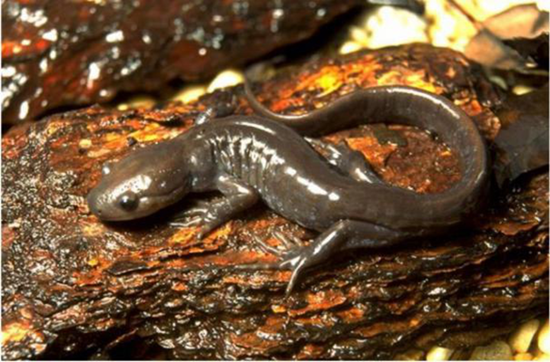
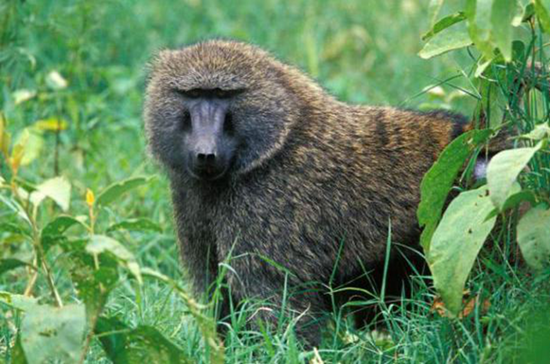

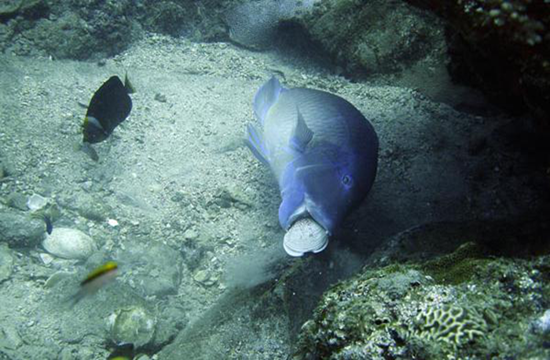
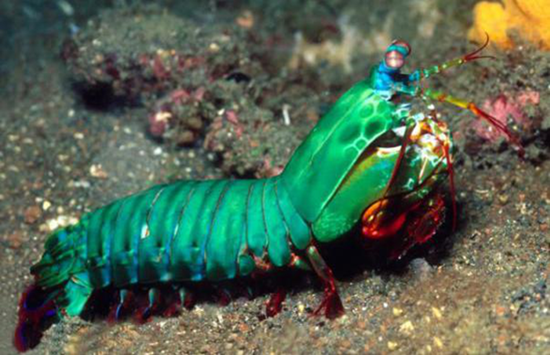
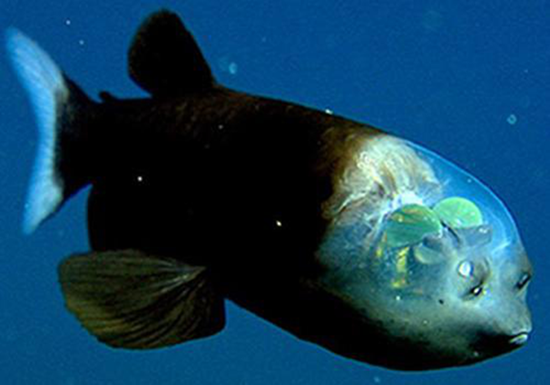
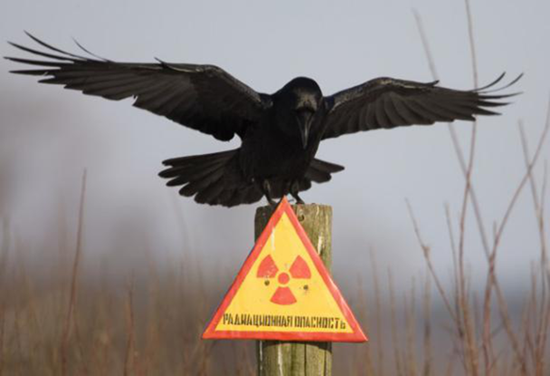
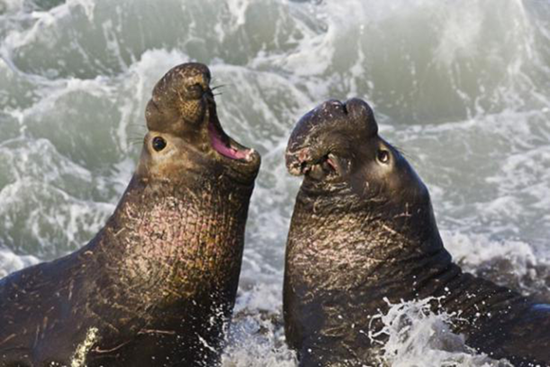
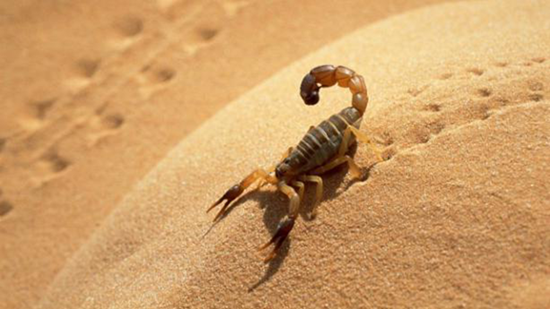
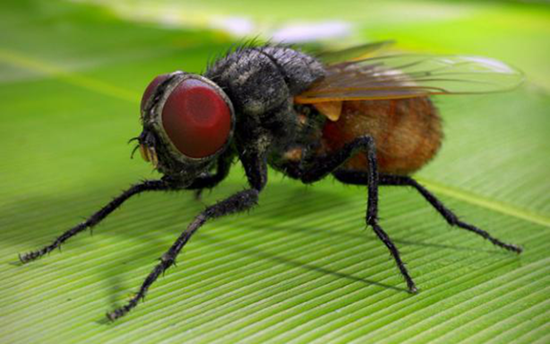
No comments:
Post a Comment
Please adhere to proper blog etiquette when posting your comments. This blog owner will exercise his absolution discretion in allowing or rejecting any comments that are deemed seditious, defamatory, libelous, racist, vulgar, insulting, and other remarks that exhibit similar characteristics. If you insist on using anonymous comments, please write your name or other IDs at the end of your message.